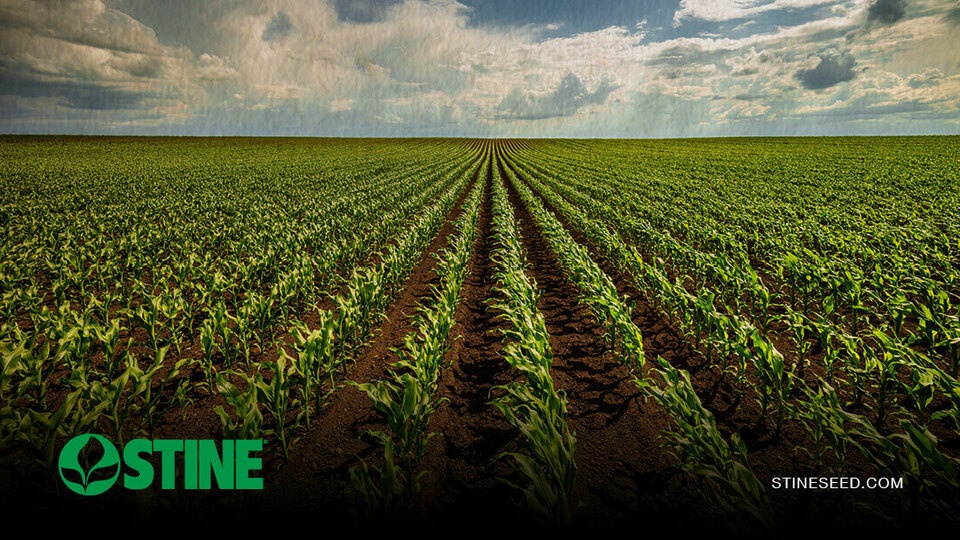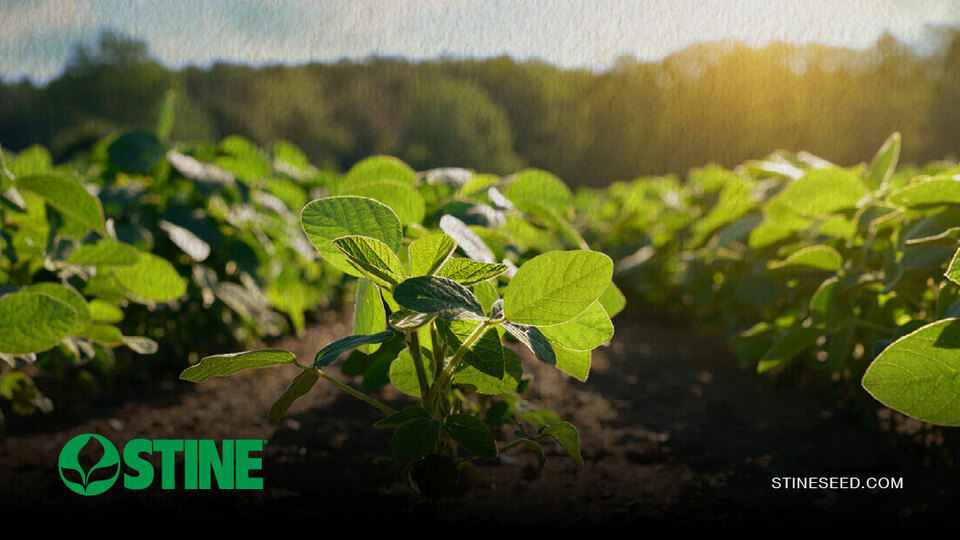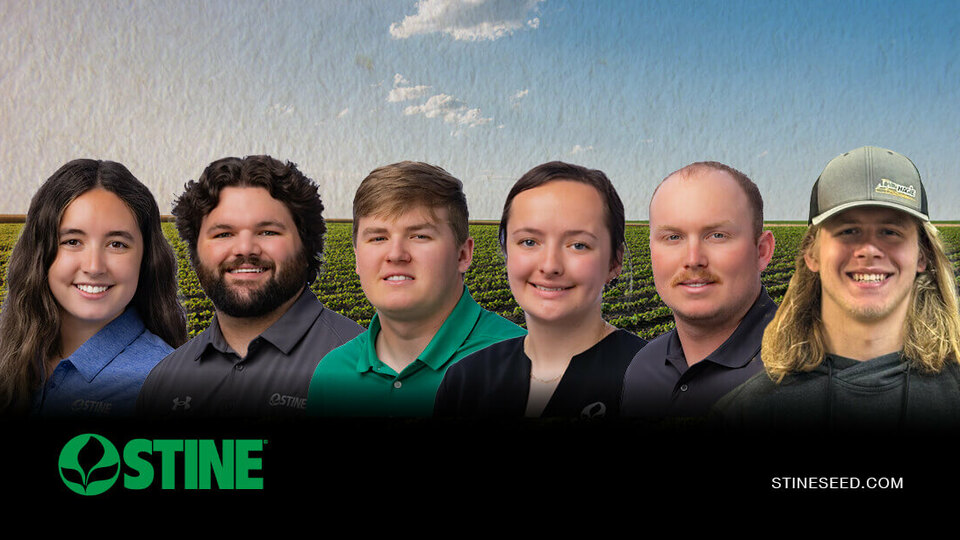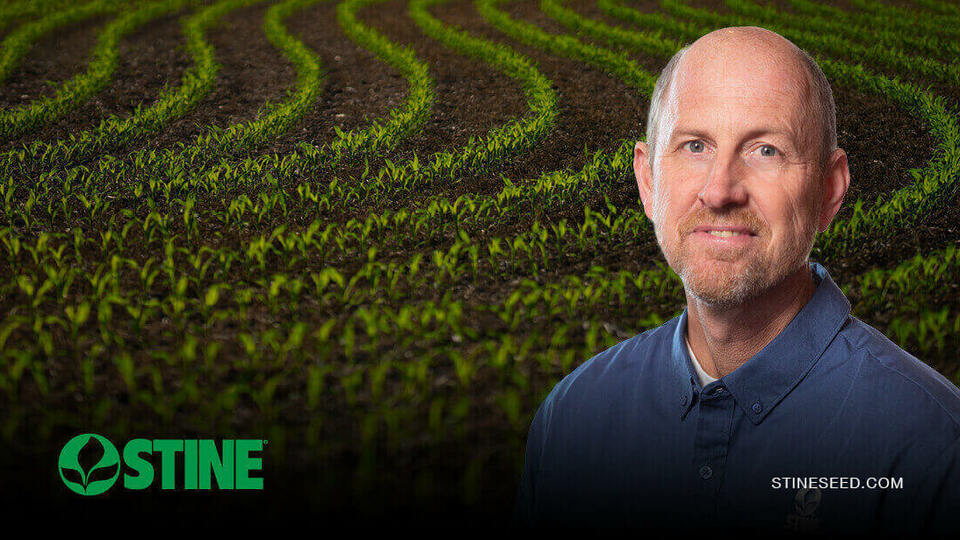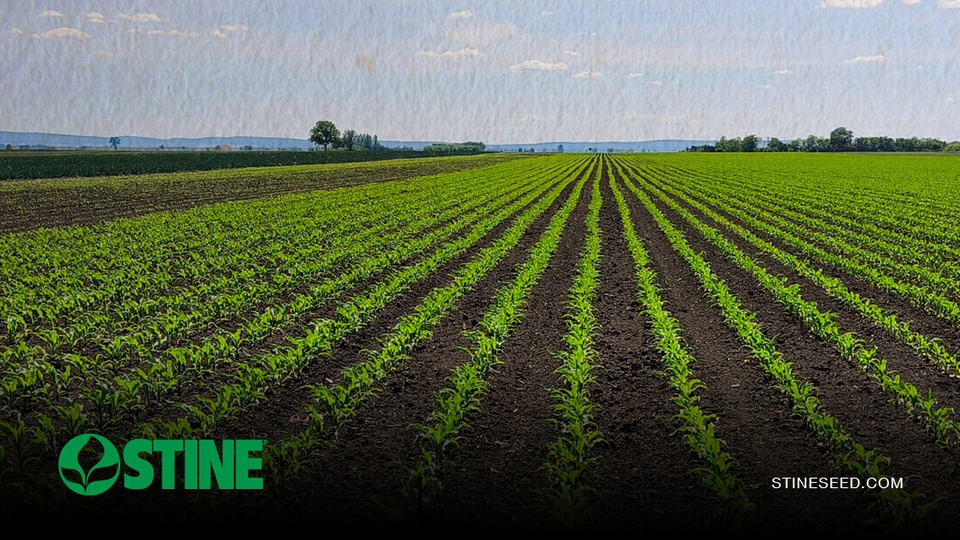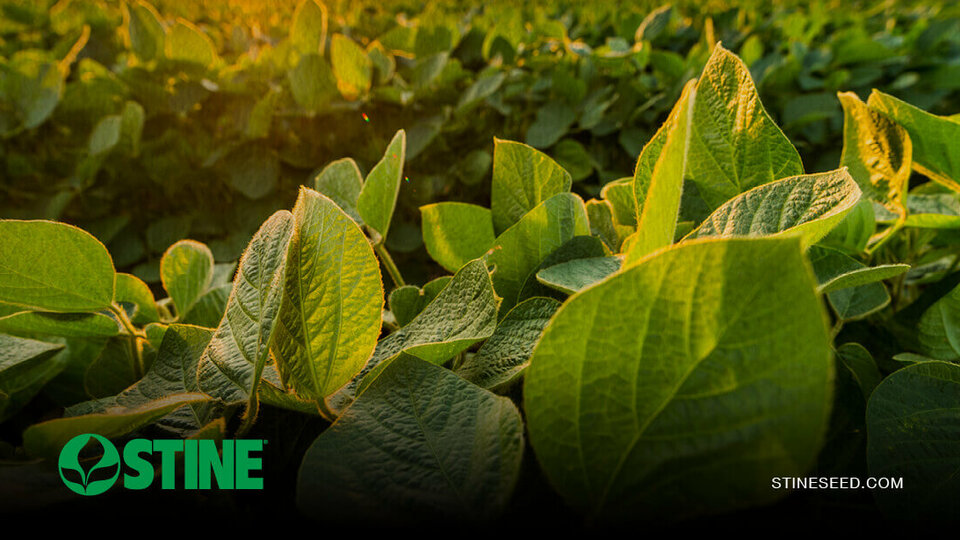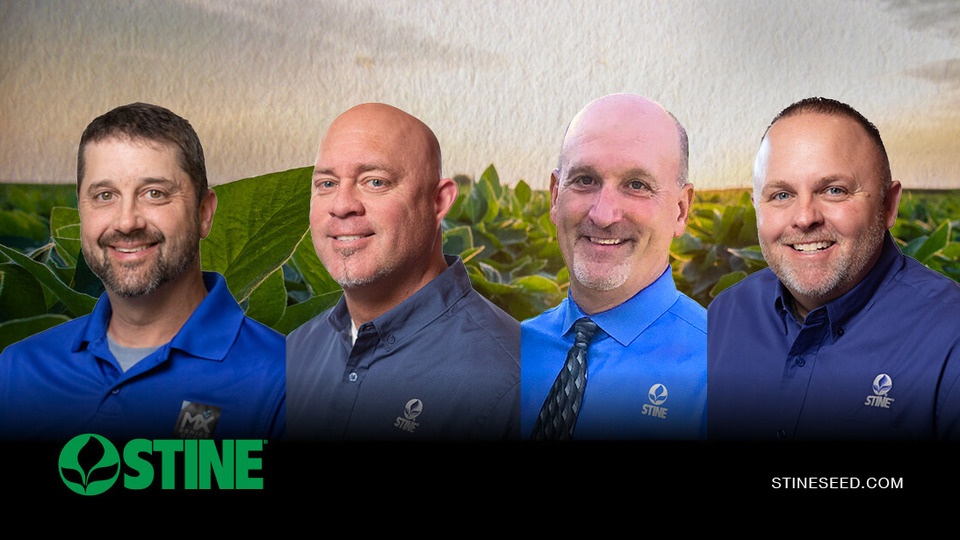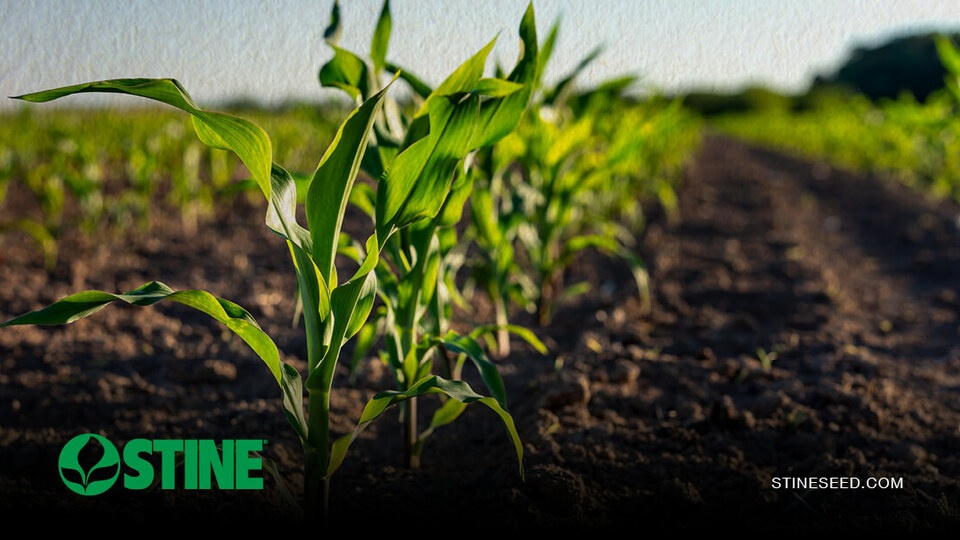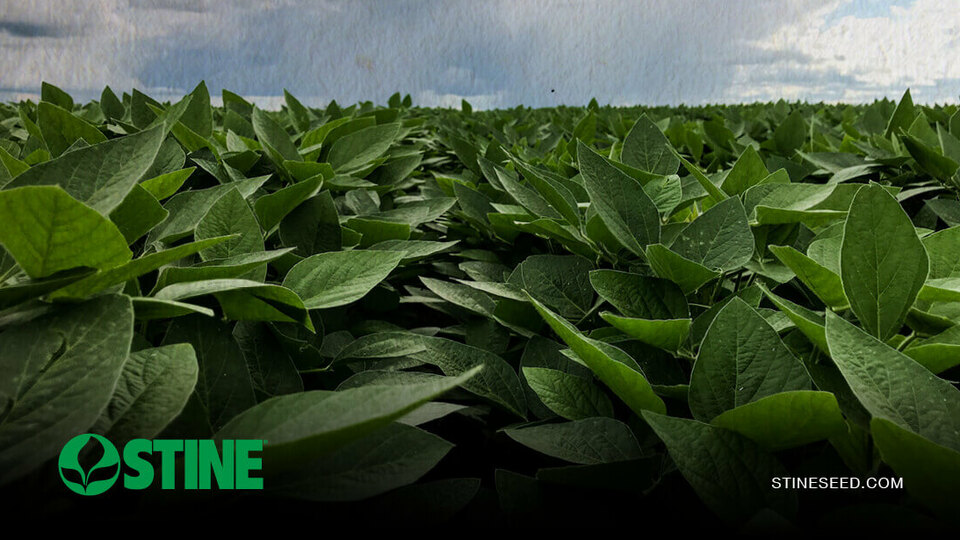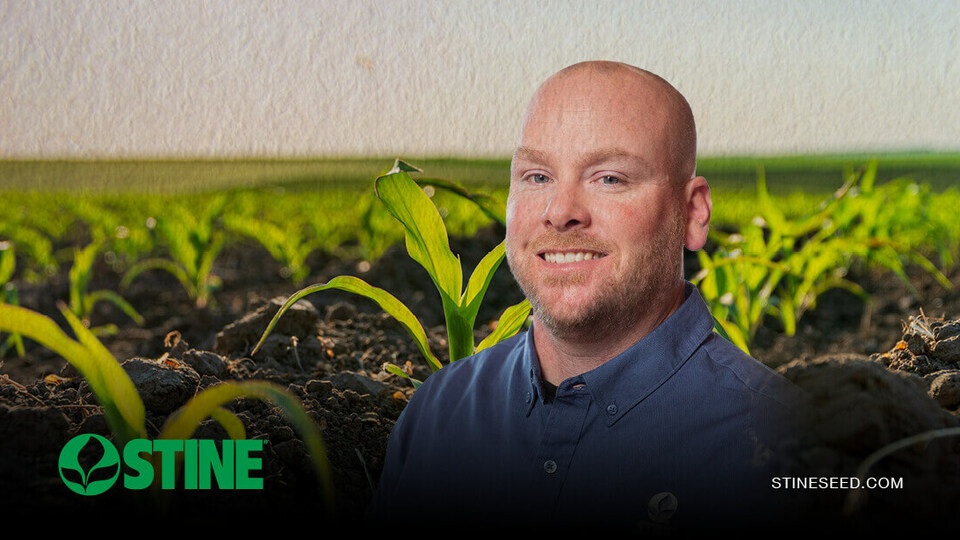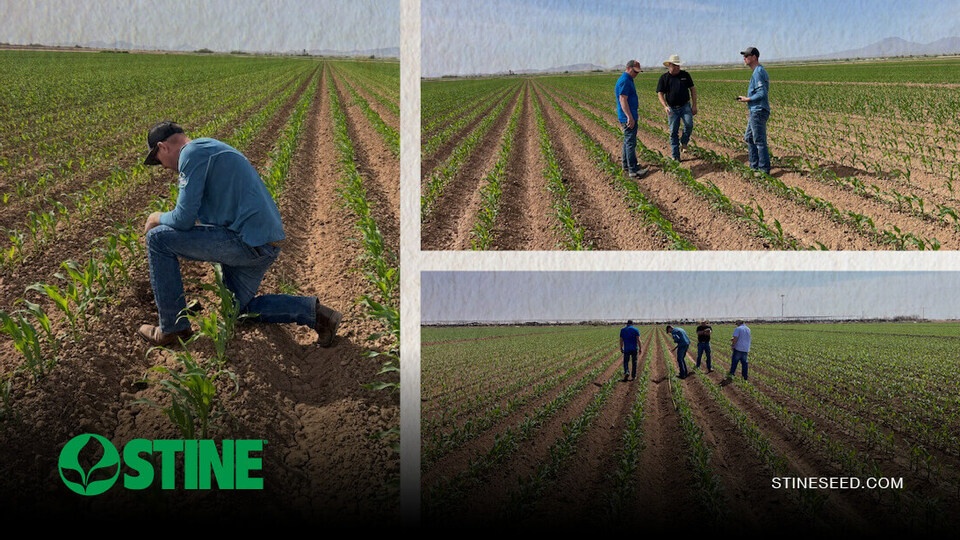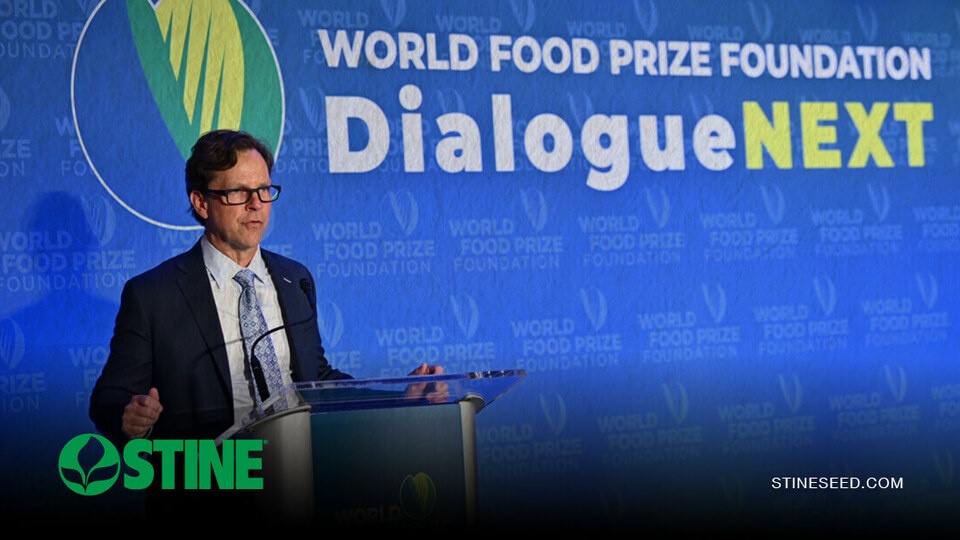Stine Seed Blog
Stine’s Ask the Agronomist blog is your source to the latest information from our expert team, including advice and insight on field practices, product recommendations, planting and harvest updates, new technologies, crop management, innovative research and information about how to keep your farm operation running smoothly year round.
-

Standing out by being shorter: All about short-stature corn
June 2025 in Agronomy
-

Stay ahead of midseason threats
June 2025 in Agronomy
-

Meet our summer interns
June 2025 in General
-

Staying ahead with early-season crop scouting and weed management
June 2025 in Agronomy
-

Nutrient strategies to push yield this season
May 2025 in Agronomy
-

Continuous soybeans: Exploring a new frontier in crop production
May 2025 in Agronomy
-

Investing in growth: Meet our retail development leadership team
May 2025 in General
-

Why stand establishment deserves your full attention
May 2025 in Agronomy
-

What’s new in Stine’s agronomy and research trials this year
May 2025 in Agronomy
-

Planting: A season of potential
April 2025 in Agronomy
-

Stine corn is proving its value as silage for southwestern dairies
April 2025 in Agronomy
-

Beyond the seed: Myron Stine speaks at the World Food Prize DialogueNEXT
April 2025 in Agronomy

